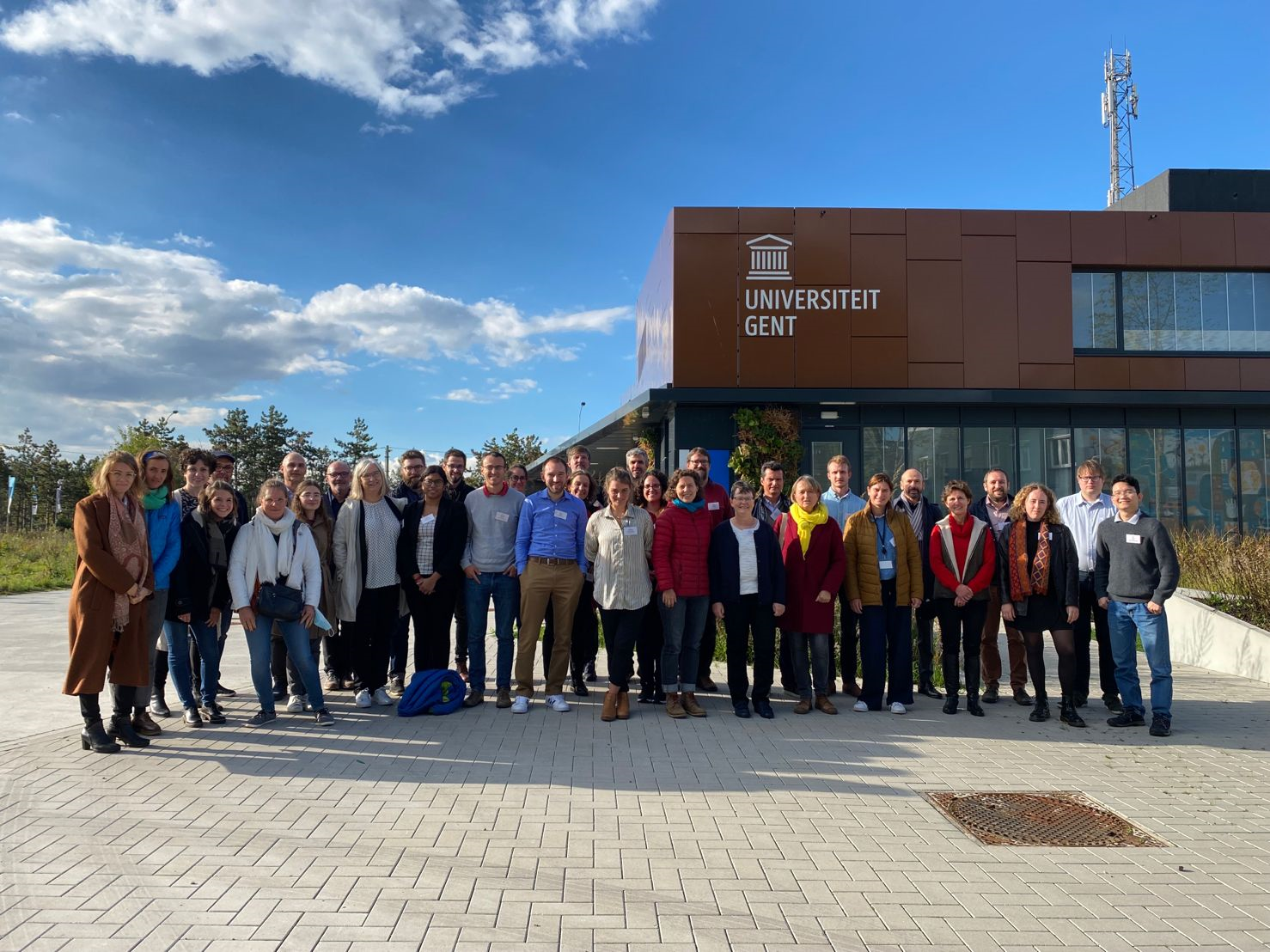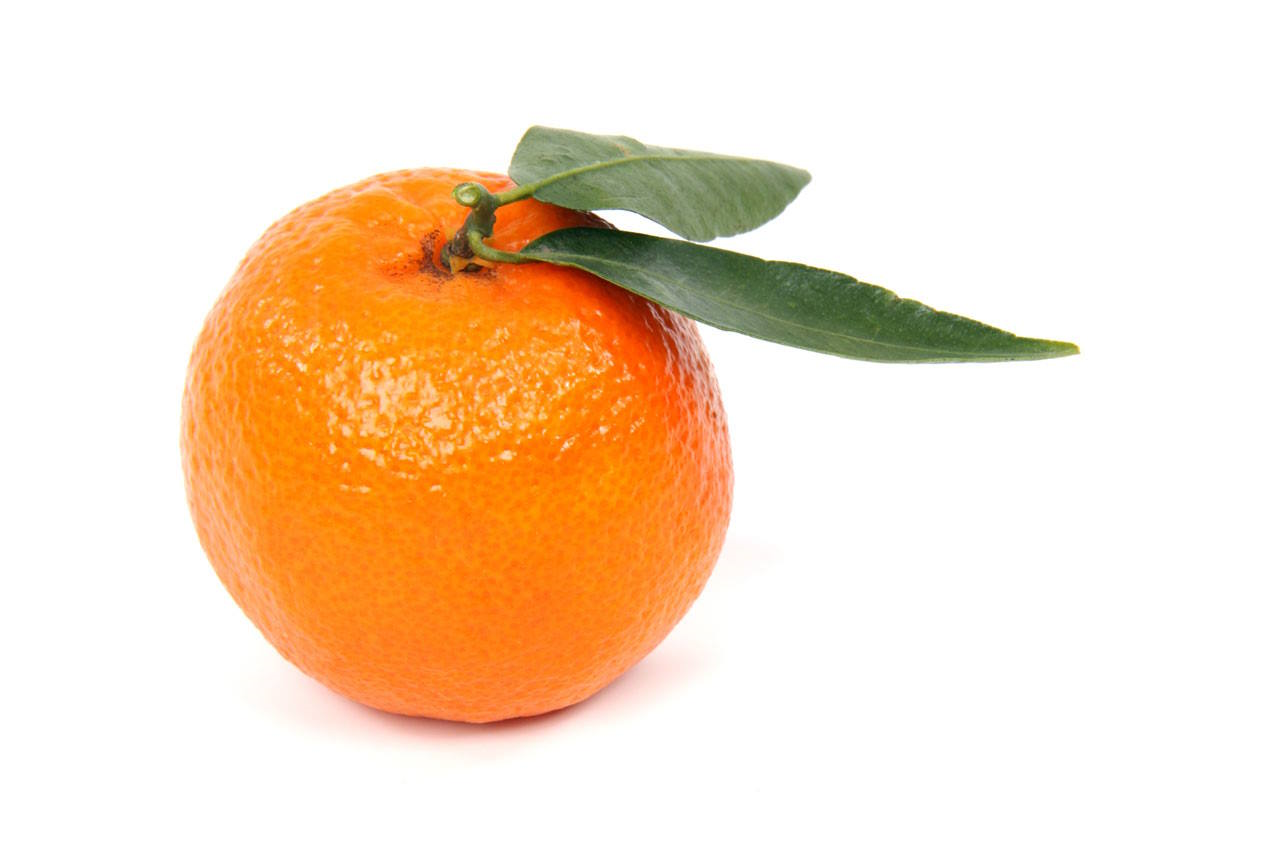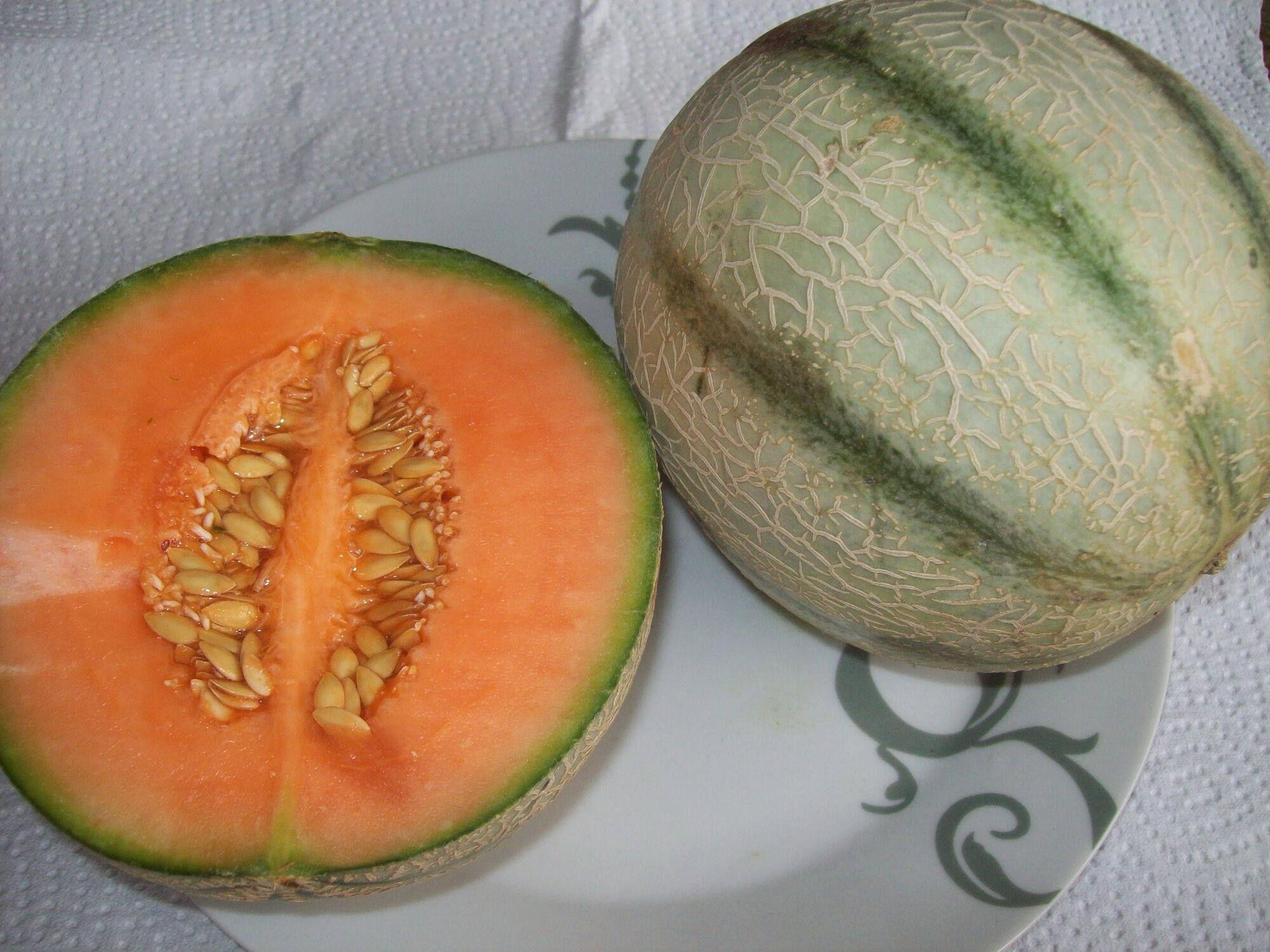


“As well as bioactive food ingredients, we should focus on other products from residual streams and agricultural produce”, says Yang Zou of Ghent University’s VEG-i-TEC research centre. He gives three very different examples.
“By-products from the agrofood industry cause an enormous problem in this world: 13.8% of all the food we produce ends up as food waste, costing more than 400 billion euros a year. And it happens at every link in the food chain”, says Yang Zou, a postdoctoral researcher at VEG-i-TEC in Kortrijk, part of Ghent University. The new research centre is a testing ground for vegetable- and potato-processing companies that are aiming to innovate and optimise their production processes. Research areas include food processing and hygiene design, the valorisation of several side-stream and by-product types, and fermentation technology.

Valorisation Routes
The researcher reveals an impressive overview of valorisation routes for dozens of residual streams and a multitude of functional and bioactive ingredients, for both food and other products. We can extract polyphenols, for example, from fruit by-products, which can be used in the food, pharmaceutical and even medical industries. Another example would be enzymes from grain by-products which can be used in the agricultural, food, chemical and environmental sectors. Most applications, however, are still a matter of scientific research.”
Alternative Technologies
Unlike traditional valorisation approaches, which rely on high energy and corrosive chemicals, alternative sustainable technologies are used to stabilise the biomass and extract valuable compounds. Zou lists water-based extraction by means of enzyme and physical treatments, as well as fermentation. “After extraction, we investigate bioactivity and functionality.” The postdoctoral researcher illustrates this with a few compelling examples from the food industry.
Fruit Peelings
Fruit peelings are rich in nutritional fibre. They are a healthy addition to the diet. The fibre can also be used in the formulation of functional ingredients, such as pectin for the encapsulation of probiotics. Zou: “In this study we are working on an efficient and environmentally friendly strategy to valorise nutritional fibre from clementine peelings for use as a physical container for probiotics.” One of the research findings is that there is almost no difference in use between commercial sodium alginate and the fibre from clementine peelings. “We have also observed that the probiotics can be well protected during digestion. More interestingly, the microcapsules can protect the probiotics from heat shock at very high temperatures,” says Zou emphatically.

Watermelons
Thirty to forty percent of the watermelon harvest is lost through damage, spoilage or decay before it reaches the consumer. In this study, various lactic acid bacteria were used to ferment the watermelon juice. One bacterial strain, Pediococcus entosaceus, did particularly well. In terms of sensory characteristics, the juice was similar to a commercial juice in colour and sweetness. Other lactic acid bacteria produced a ‘sour’, ‘bitter’ or ‘off flavour’.

Consumers indicated that they were quite likely to buy the new product. “All in all, the study shows that watermelon-harvest losses can be reduced through conversion to new products with acceptable sensory characteristics for consumers and improved flavour profiles", Zou tells us.
Shellfish
Every year about 5 million tonnes of shellfish are caught worldwide for human consumption, and demand is growing. “Most residual streams, which account for 75% of the mass, are considered as waste and sent to landfills or incinerated. This can cause serious environmental problems and is actually in contravention of the regulations”, says he, in reference to the EU Blueshell project on the valorisation of residual streams. Through processes such as grinding, enzymatic hydrolysis or fermentation it is possible to release bioactive substances with certain properties: anti-inflammatory and antimicrobial biofilm effects which are beneficial to plant health as they kill worms. This is good news for the agrofood industry.

“It is always advisable to maintain a critical perspective on your own products and adjust them to contemporary needs where necessary”, emphasises Marijke Adriaens, CEO of frozen food company Fribona. “For consumers, taste is still the main consideration. It is essential to work towards a product that is, above all, tasty and visually appealing.”...

Scientists from KU Leuven have discovered how oil penetrates snacks during and after the frying process. Recent research findings point to advanced frying techniques that reduce oil absorption, as well as innovative methods to limit oil uptake during the cooling phase. This paves the way for the development of healthier snacks without compromising...

Food companies are increasingly targeting a wider range of consumer groups. Speaking at an event organised by Fenavian, Julian Mellentin of New Nutrition Business said this strategy offers significant opportunities to respond to the diverse health needs and interests of today’s consumers. “Consumers enjoy both animal and plant-based proteins”, he...

Backed by financial partners, Start it @KBC is launching the accelerator programme Scale it Agro, aimed at scale-ups offering sustainable and innovative agricultural solutions for agriculture and horticulture businesses. Kjell Clarysse, programme director at Scale it Agro, goes into more detail.